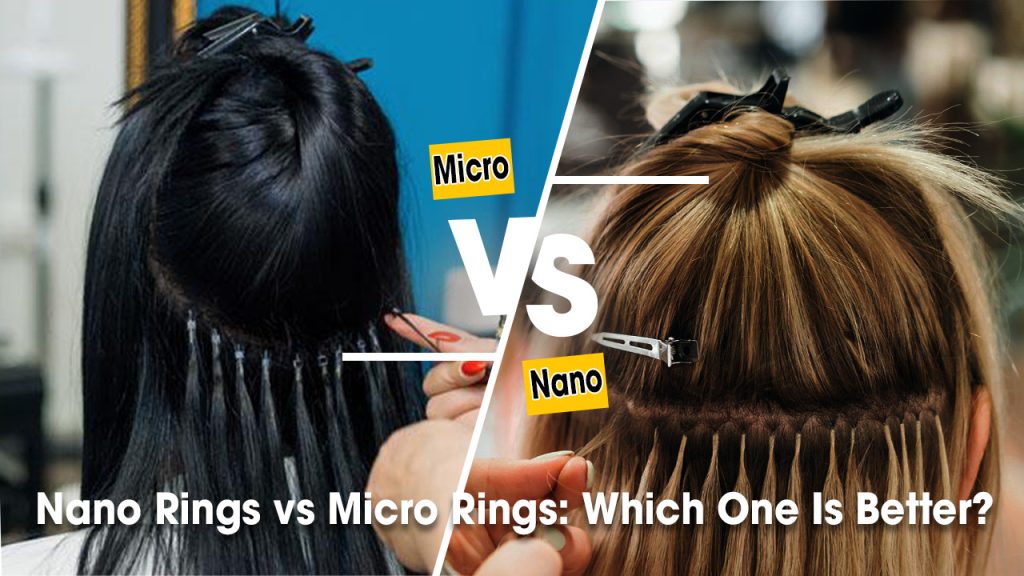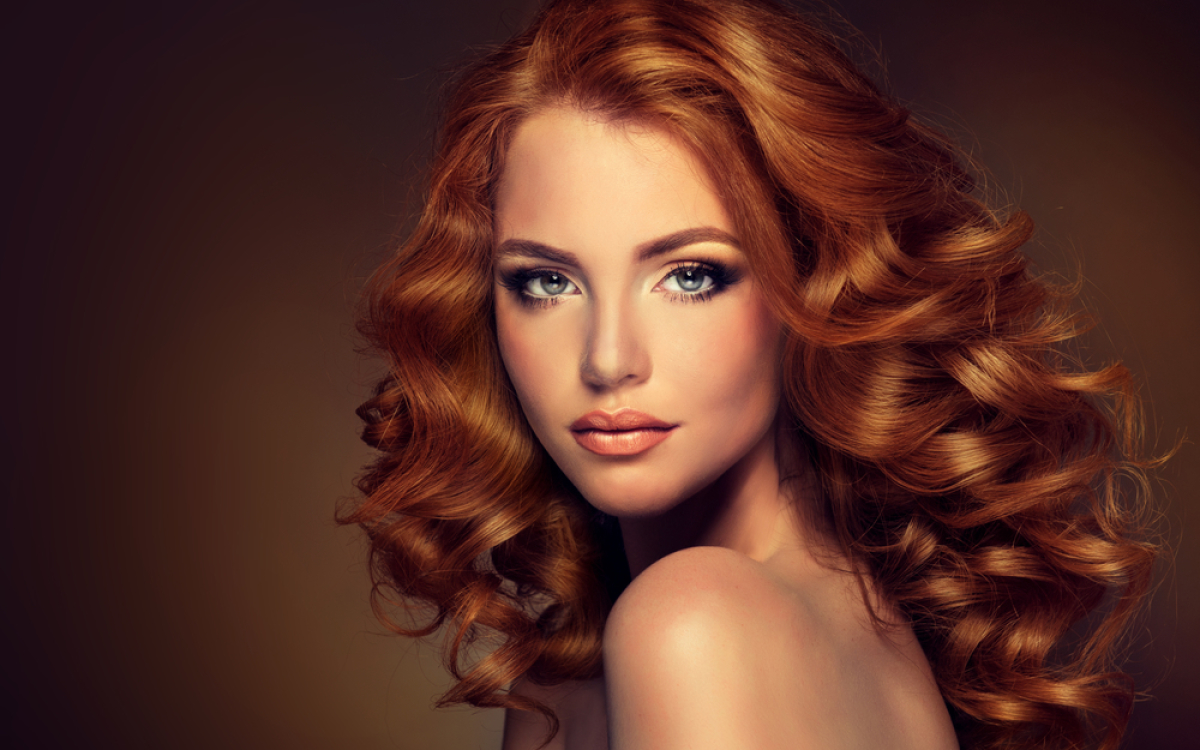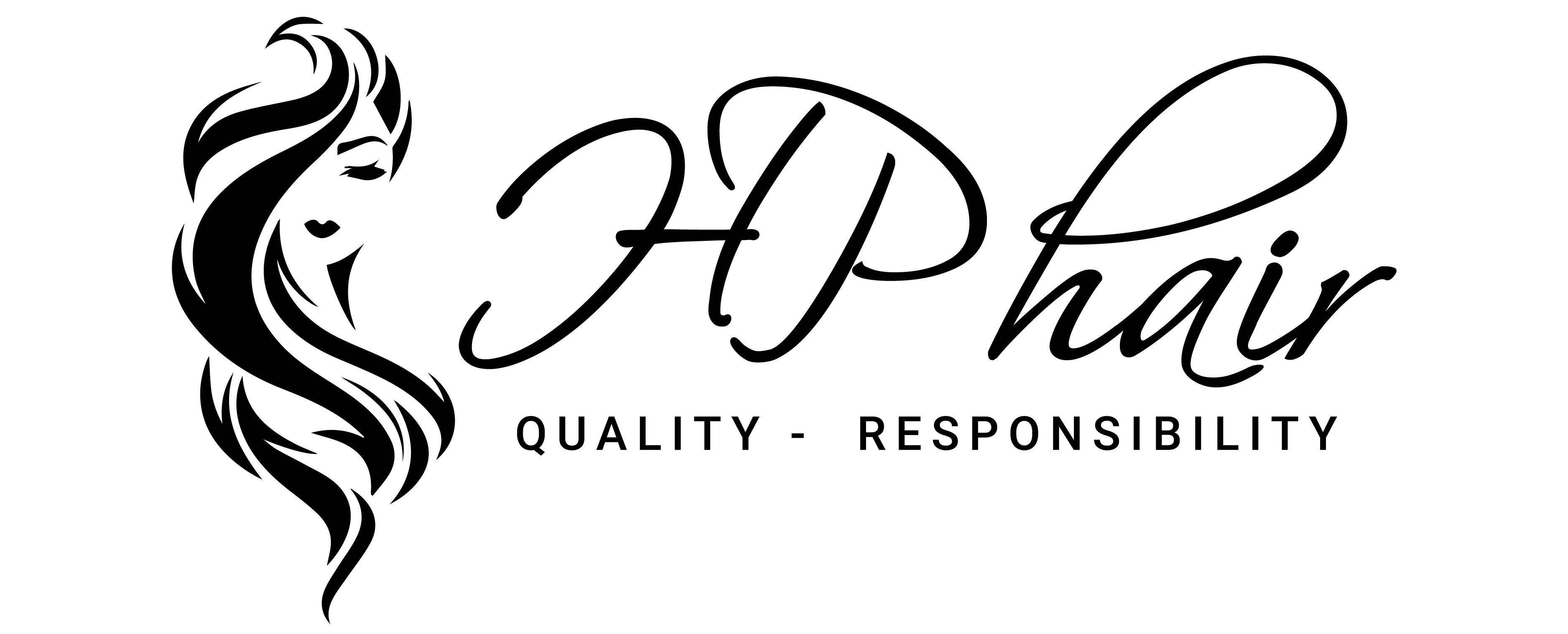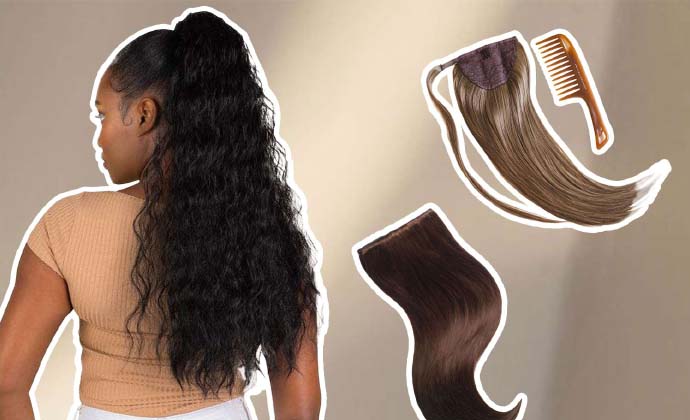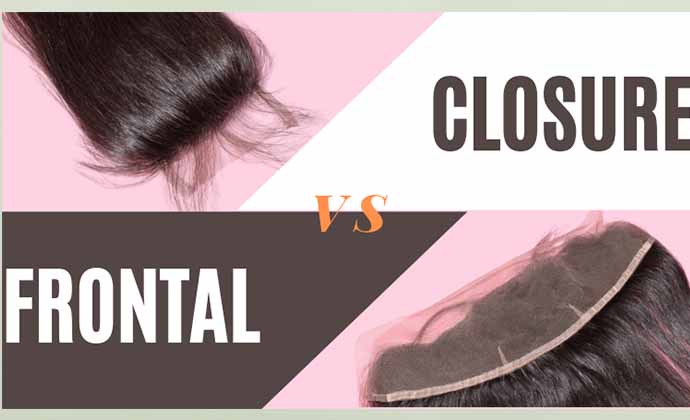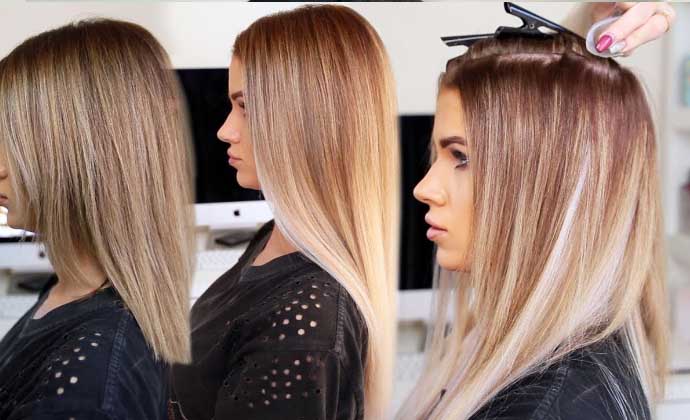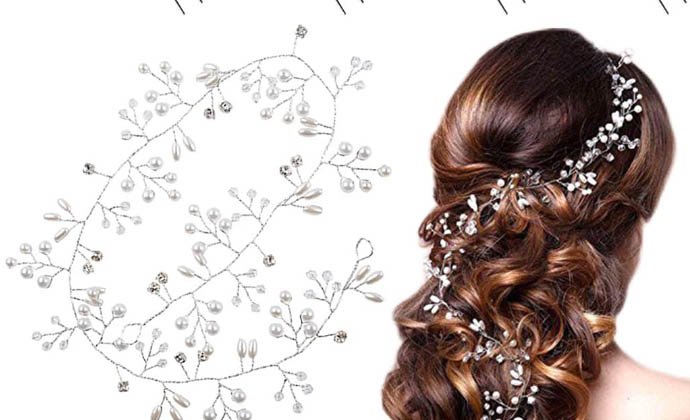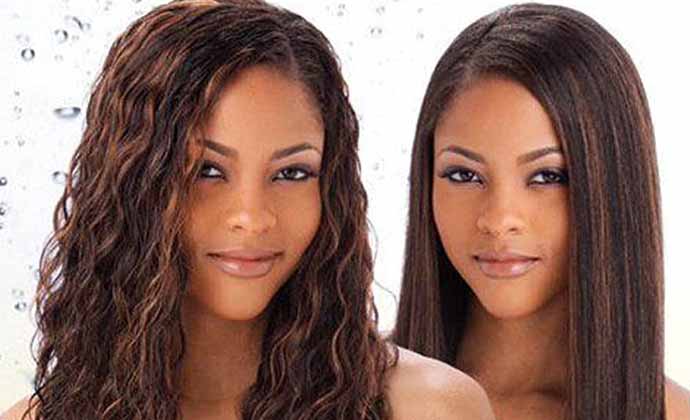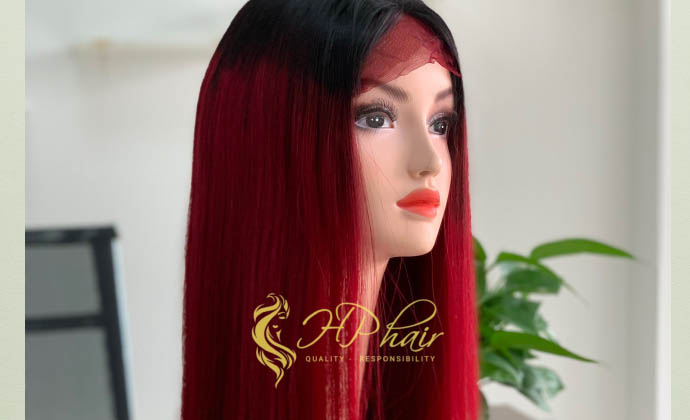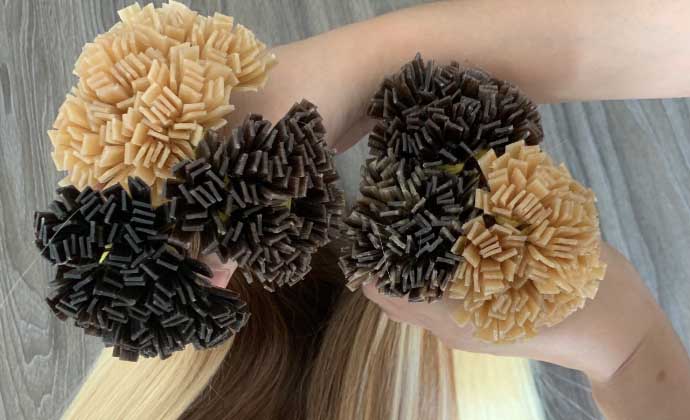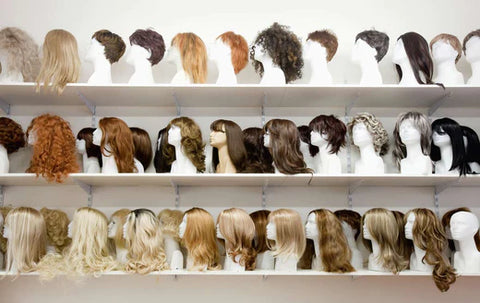 Hair extensions today are super popular. The use of hair extensions is so common that their attachment and maintenance could almost be considered a ritual in today’s culture. As technology and the hair extension marketplace have become more complex, the diversity and availability of hair extensions have never been greater than it is today.
People might think that they’re a relatively recent development in the beauty industry. But in reality, people have been altering their hair by adding length or volume for thousands of years. If you’ve ever wondered who invented hair extensions or where they originated, here’s a brief look at the history of hair extensions throughout the ages.
Hair extensions today are super popular. The use of hair extensions is so common that their attachment and maintenance could almost be considered a ritual in today’s culture. As technology and the hair extension marketplace have become more complex, the diversity and availability of hair extensions have never been greater than it is today.
People might think that they’re a relatively recent development in the beauty industry. But in reality, people have been altering their hair by adding length or volume for thousands of years. If you’ve ever wondered who invented hair extensions or where they originated, here’s a brief look at the history of hair extensions throughout the ages.
Where Did Hair Extensions Originate?
The first documented use of hair extensions took place all the way back in Ancient Egypt, circa 3400 BC—over 5,000 years ago! Not only did ancient Egyptians use hair extensions, they actually had a variety of extension options to choose from. They placed and fixed wigs to their head and also used sewn-on hair pieces and braids. How are hair extensions made? The extensions the Egyptians used were made from a variety of materials, including human hair and dyed sheep’s wool. The ancient Egyptians used materials like resin and beeswax to attach the extensions to their natural hair. In addition to black and other natural colors, Ancient Egyptians also wore colored extensions in bright blue, red, and gold, proving that the current trend toward brightly-colored hair is far from a new phenomenon. Hair extensions in Egypt regained popularity during the time of Cleopatra, whose favorite colored extension was famously peacock blue. Throughout the history of Egypt, different hair extensions and braids used different colors, knots, and twists to indicate the age, religion, or social status of the wearer. Some researchers also think that wigs may have been used to help protect the wearer from the intense sun and lice, making them an important hygiene tool in addition to a status symbol. And, just like today, there’s some evidence suggesting that ancient Egyptians wore wigs to hide thinning hair, brittle hair, or bald patches.History of Hair Extensions: Africa
Though the roots of hair extensions began in Egypt, they also spread throughout other parts of Africa. For centuries, traditional African hair-braiding techniques have included extensions of some form, all across the continent. These styles are significant culturally, spiritually, and aesthetically for many regions of Africa. Hairstyles including extensions are distinct to regions of Africa. For example, the Mbalantu of the Wambo group of Namibia wear their hair with braids reaching their ankles with the use of sinew extensions. This noticeable style is recognizable and all who see it identify the refined technique. Many African hair extensions are adorned with cowrie shells, feathers, and other natural accessories.Europe and America
Hair extensions also enjoy a long and intricate history in European and American culture. Anyone who has seen portraits of European kings or America’s founding fathers knows that powdered wigs were used prevalently during this time. They were an indicator of wealth and status, and many kings wore powdered wigs and extensions to project power and health, especially if they were starting to go bald. Women also wore wigs and hair extensions, and the portraits of noblewomen in the 1700s frequently included women with large, beehive-shaped weaves. They would even incorporate horse hair and actual wooden frames into their weaves to help them achieve this substantial look. The horse hair and wool-filled frames were woven into their natural hair, and then more extensions were woven over the frames.History of Hair Extensions: Taking a Look at Today
Throughout the 1950s and 60s women used hair pieces and extensions to give their hair that big, beehive volume that’s so recognizable from that era. The modern hair weave was invented by a Black woman named Christina Jenkins and was created by weaving strands of live and commercial hair together. Today, people using human hair extensions are still looking for length and volume (though maybe not as much as in the 1960s!). Wigs and hair extensions give people confidence in how they look, as well as the opportunity to play and explore their personal style with their hair. Browse our selection of high-end hair extensions today and be a part of history!Bài viết liên quan
Đánh giá
Subscribe
Login
0 Góp ý


